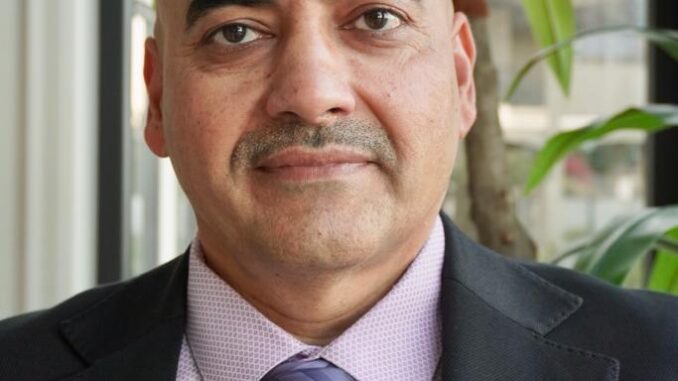
By Sanjay Laul, Founder of MSM Unify
Digital platforms changed how students discover programs, build skills, and seek opportunities. In India and beyond, schools and employers use these platforms to offer learners courses, mentors, internships, and jobs, helped by faster internet, bigger online communities, and smarter data tools. The next step is to expand these gains fairly and safely.
What’s Changing
A platform is an online infrastructure that enables interaction between distinct user groups, such as students and institutions or candidates and recruiters. As more users join, value rises, a dynamic known as network effects. That is why well-designed platforms can expand reach quickly and reduce matching frictions for both learners and providers.
India is ready. In 2024, about 886 million Indians were online, many in rural areas. By mid-year, around 95% of the population. This reach lets platforms serve smaller towns and first-generation learners at scale.
Why Platforms Matter For Equity
When platforms bring programs and services into one place, it’s easier for students to find options, see choices in local languages, and compare outcomes. AI can offer personalized support, but only when risks are managed. Experts flag bias, privacy concerns, and unequal access. UNESCO calls for strong safeguards and teacher training, and many urge action on digital poverty so the gap doesn’t grow.
Sanjay Laul, founder of MSM Unify, says the goal is practical and humane. “A fair system is one where a student in a Tier-3 town sees the same choices, the same financing guidance, and the same proof of outcomes as a student in a metro. Platforms let us build that visibility into the everyday journey.”
India’s Digital Public Rails
India’s digital public infrastructure shows how shared rails can unlock participation. Unified Payments Interface has normalized low-cost, instant transactions and broadened inclusion. DigiLocker has made credential sharing easier for millions. These examples are not education platforms, but they demonstrate how public rails can reduce friction and build trust that learning platforms can leverage for admissions, scholarships, and verification.
The wider platform economy also shows that scale brings responsibilities. Clear rules, strong data protection, and real oversight keep platforms open and fair.
Where Students Benefit
For students, the essentials are clear course info, proof of skills, and real help getting hired. Career discovery tools, portfolios, and structured tests help them show what they can do. In India, more learners want content and guidance in their own languages, so platforms are localizing to match.
Career Banale (CBL), an India-focused career counseling and aptitude-testing service, is one example of this trend. CBL’s tools sit alongside university and skilling platforms to help learners clarify fit, plan financing, and assemble evidence for applications. Its presence is part of a growing ecosystem that links guidance, learning, and hiring in one connected flow.
What Institutions Should Watch
For universities and colleges, platforms can widen reach into new regions and surface motivated applicants with clearer skill signals. They can also support compliance by standardizing document flows and validation. Digital access still isn’t equal across states and schools, and many classrooms lack basic tech. Colleges working with platforms need to invest in local readiness and teacher support so online interest turns into real results.
Laul notes that institutions can lead by opening doors and sharing results. “Students trust data they can check. Show time-to-offer, visa success, internships, and first jobs. If we keep outcomes visible, platforms become ladders, not walls.”
Digital platforms aren’t magic fixes. They work when they’re built for everyone, follow clear rules, and reach people in hard-to-reach places. India’s connectivity gains, public digital rails, and large user base create a strong runway. The opportunity now is to pair access with proof: transparent outcomes, verified credentials, and responsible AI that supports rather than sorts. If the ecosystem holds to those standards, the playing field can tilt toward fairness, one click at a time.
